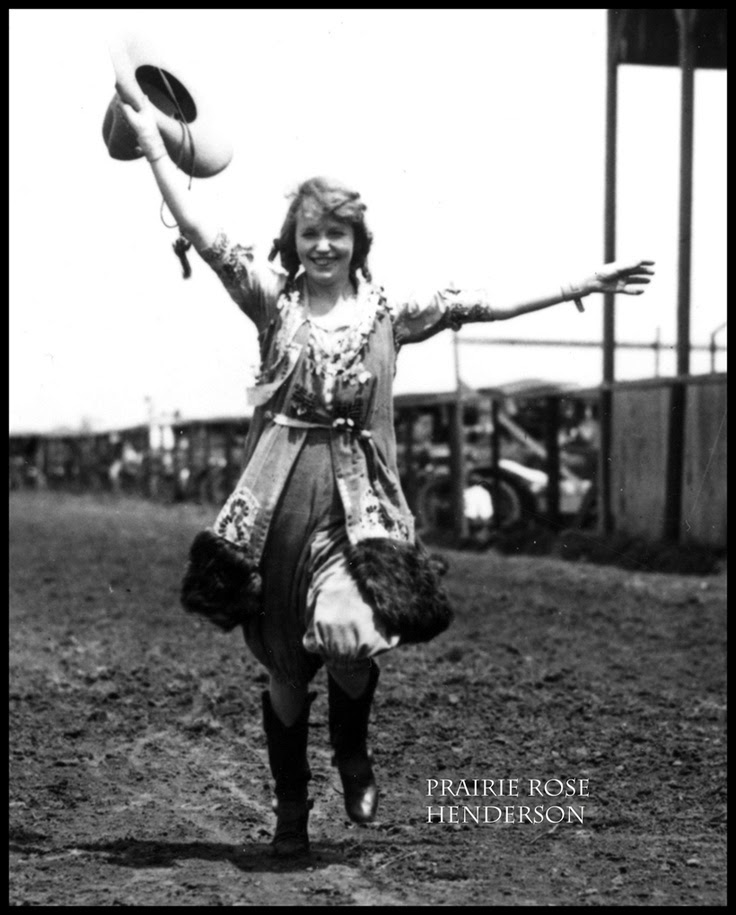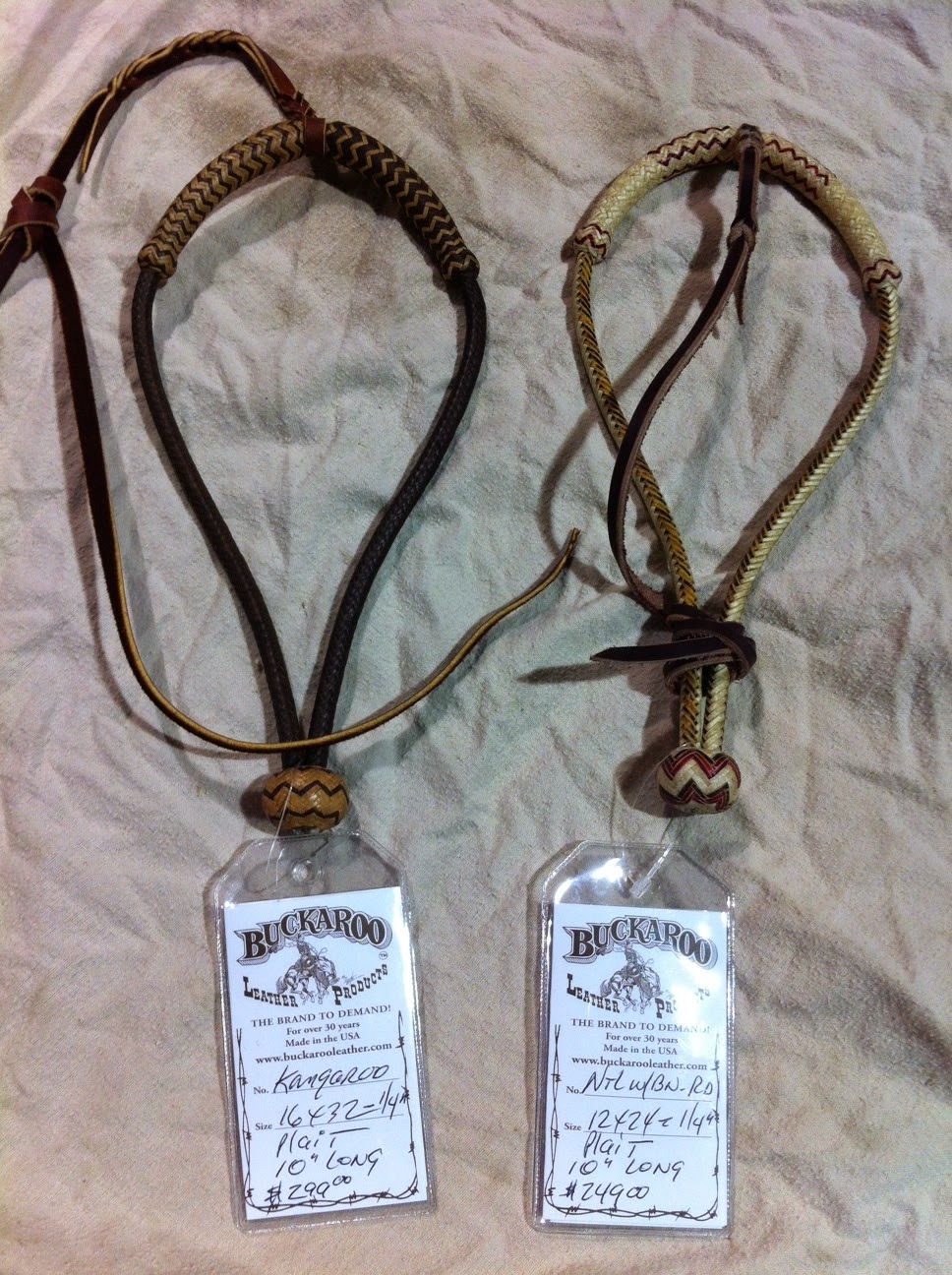Vaquero’s, which in Spanish means, “Cowboys”, were Spanish horseman. Their style of horsemanship, gear and training has had an influence on the “Traditional American Cowboy”. Their unique style spread from Europe all the way to the United States.
The Vaquero learned many of their horse skills from Medieval and Renaissance Europe. The European Knights and their war horses used many skills on the battlefield that can be seen today in both the reined working cow horse and dressage.
When the Spanish began to colonize the “America’s”, they used the skills found on the European Battlefields to train their horses.
The Vaquero’s Spanish style of training horses spread throughout California. Once in California the “California” Vaquero began to refine their methods of training horses and working cattle.
Because of the unique climate and culture in California the growing Vaquero tradition of training could take as long as needed. The mild climate allowed for the Vaquero’s training of a horse to take all the time that was needed. So, the California bridle horse evolved to a point where a top hand could ride his horse with just a light string attaching his rein chains to a bit.
The influence of the Vaquero spread from California to Texas. The Texas Cowboy, or what we think of today as the “Classic American Cowboy”, had a different style of training horses and working cattle. The different styles of both the Texas Cowboy and the Vaquero can still be seen today.
One example, is the that the Texas Cowboy prefers to tie their rope directly to the saddle horn by a loop on the tail end, while the Vaquero prefers to wrap his rope around the saddle horn.
The Texas Cowboy uses his horse to work cattle, while the Vaquero uses cattle to work his horses. These two unique styles have grown into two very different competitions.
The cutting horse has grown out of the Texas style which prefers the use of a horse that is bred to work a cow on its own once that horse has been trained.
The reined working cow horse has grown out of the Vaquero style, which came from the Vaquero tradition of training a horse that is also bred to work a cow but works entirely from the commands of the rider.
Even the buckaroo gear and vaquero gear is different. The Vaquero likes the silver spade bit with silver conchos on the bridle and a fancy set of braided rawhide rommel reins.
The Texas style is a grazer bit and simpler, but functional bridle with a plain set of leather split reins.
As with the ornate design of the Spanish style spurs and straps,
the Spanish influence, through the California Vaquero, can be seen in not only the finesse of the reined working cow horse but in the ornate design of their bits, bridles and romel reins.
Buckaroo Leather Company has continued the Vaquero tradition with many unique styles of leather horse tack and vaquero gear.
These are Braided in the old Vaquero tradition with a forelock tie, some of the finest braiding we have ever seen. These are one of a kind, Designed to be used for a "get down rig" or for a 2 rein rig. The one on left has extra fine 16 plait cheeks with 32 plait nose and button. In browns and tans feels like Kangaroo.
Our Complete Vaquero Cowboy Mecate Snaffle Bridle Set includes our 3/4" Hermann Oak oiled Golden bridle Browband single buckle on the Poll Headstall with hand engraved silver conchas, a 5" iron ring snaffle bit and matching Slobber Strap with silver engraved conchas and a 23' yacht braid mecate with rawhide button and tassel
This Hermann Oak Heavy Bridle Quality Leather Headstall is made in the old California Vaquero traditional styling. This is a Scallop cheek browband style Headstall made from Mid weight Oiled PREMIUM single-ply stitched Bridle leather. Accented with beautiful hand engraved conchas!



































